McNair Evans Collects the Portraits and Stories of America’s Train Passengers
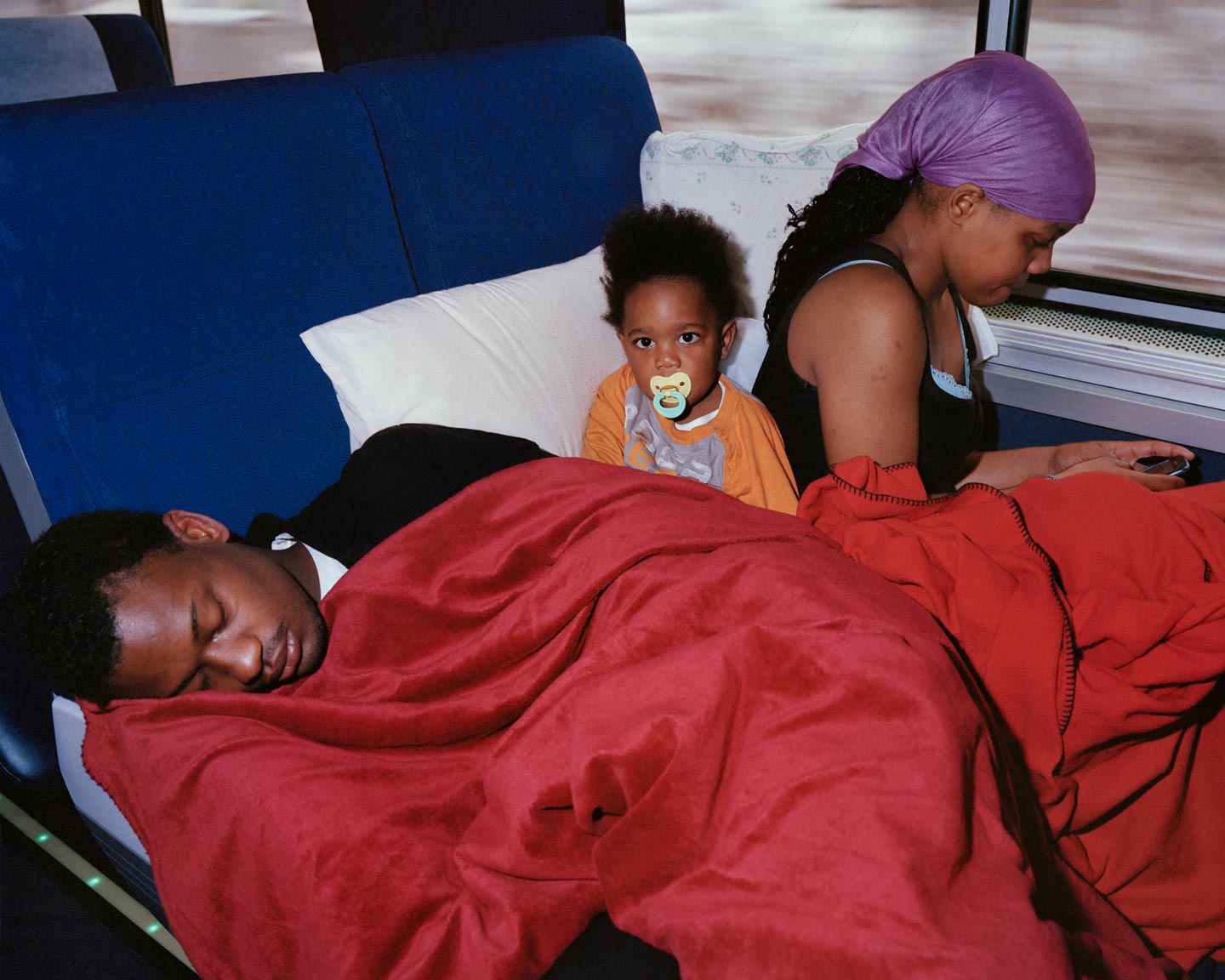
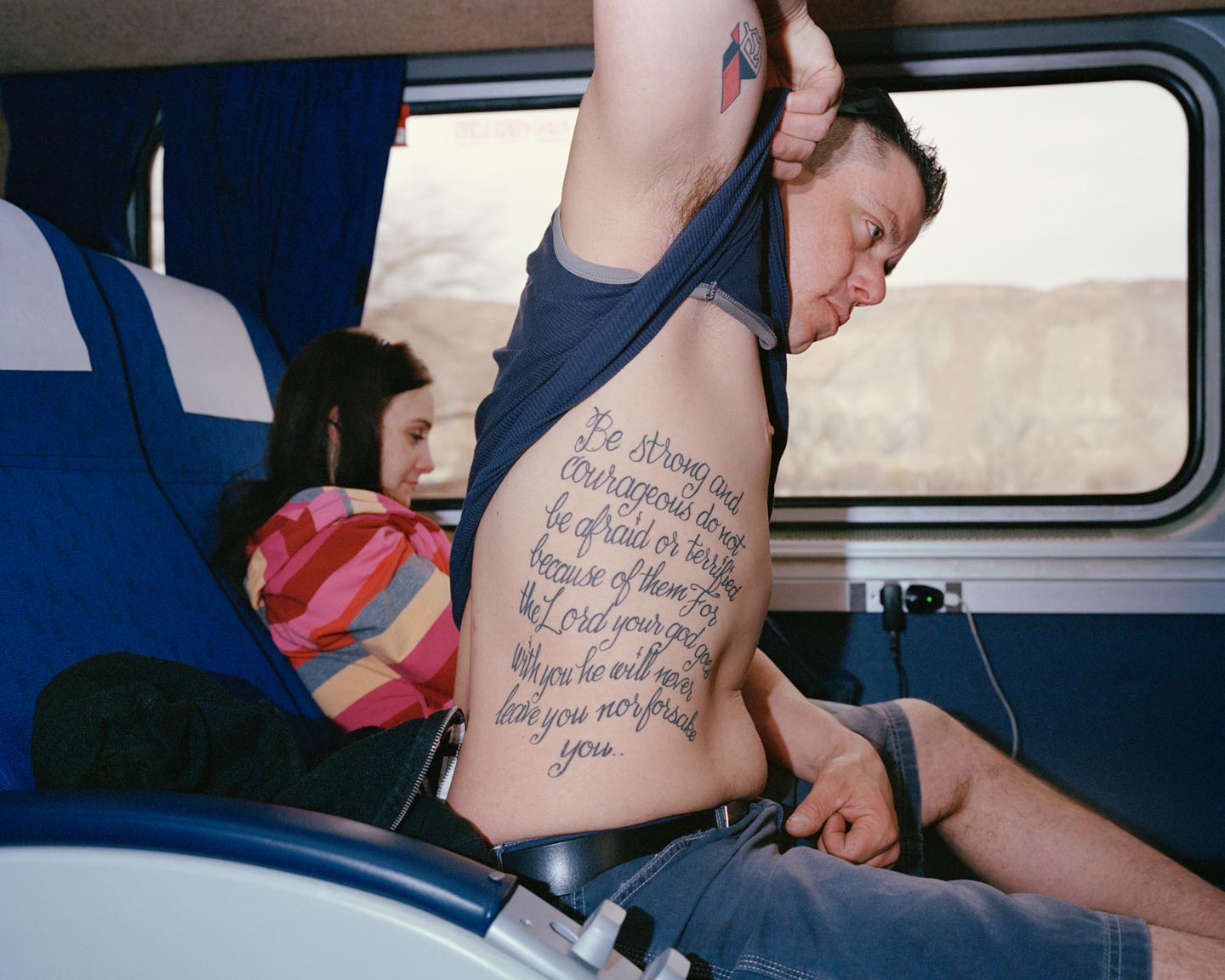
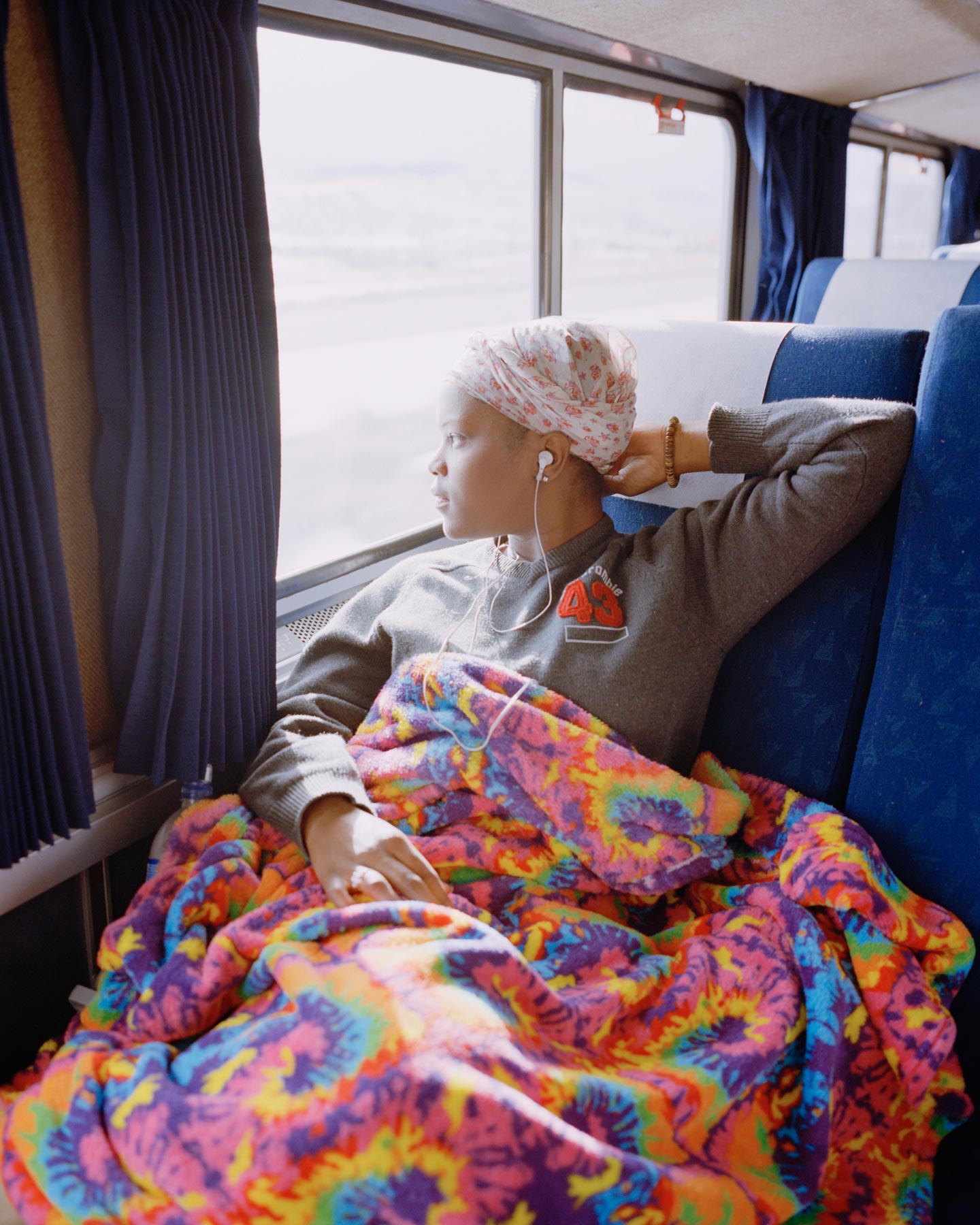
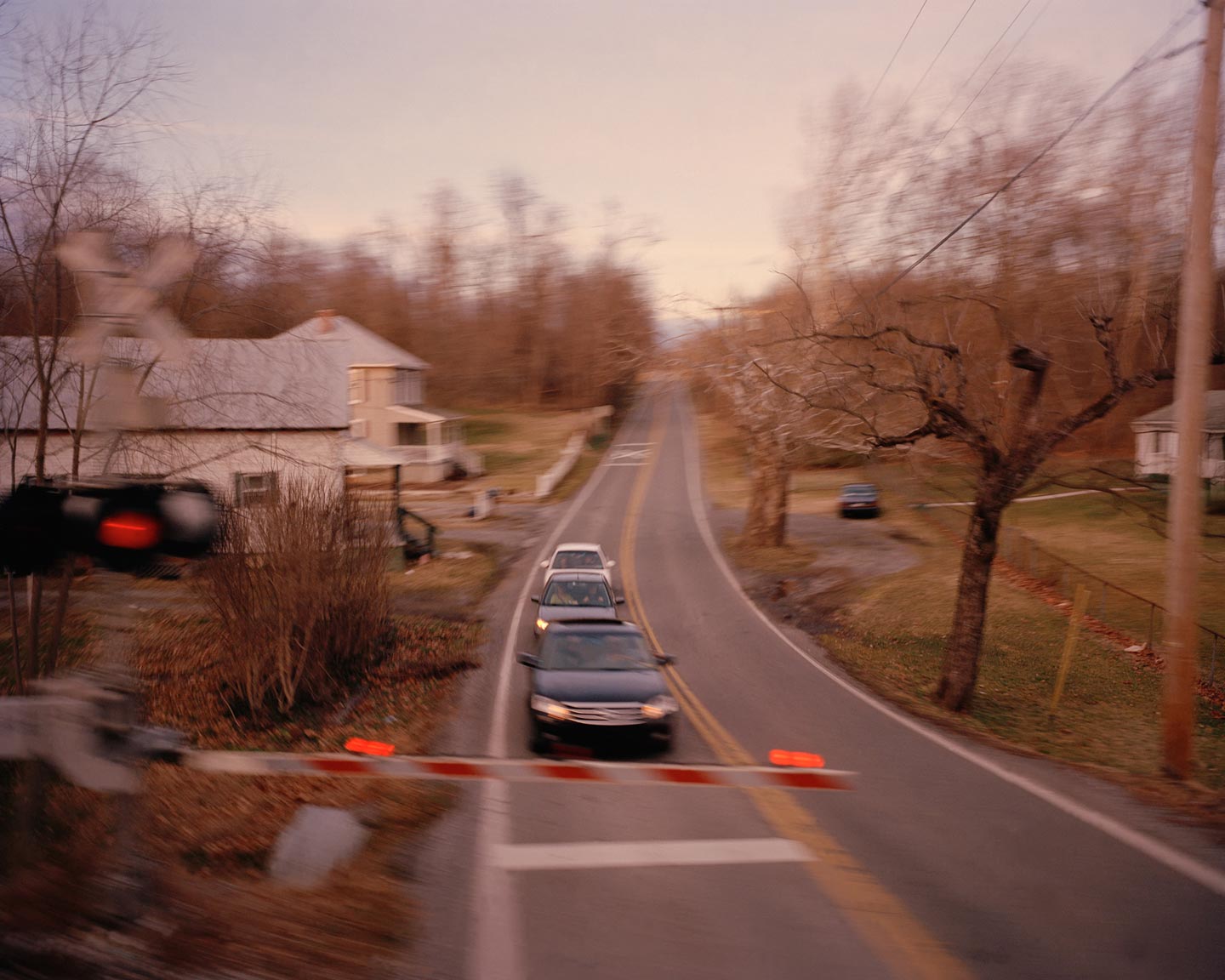
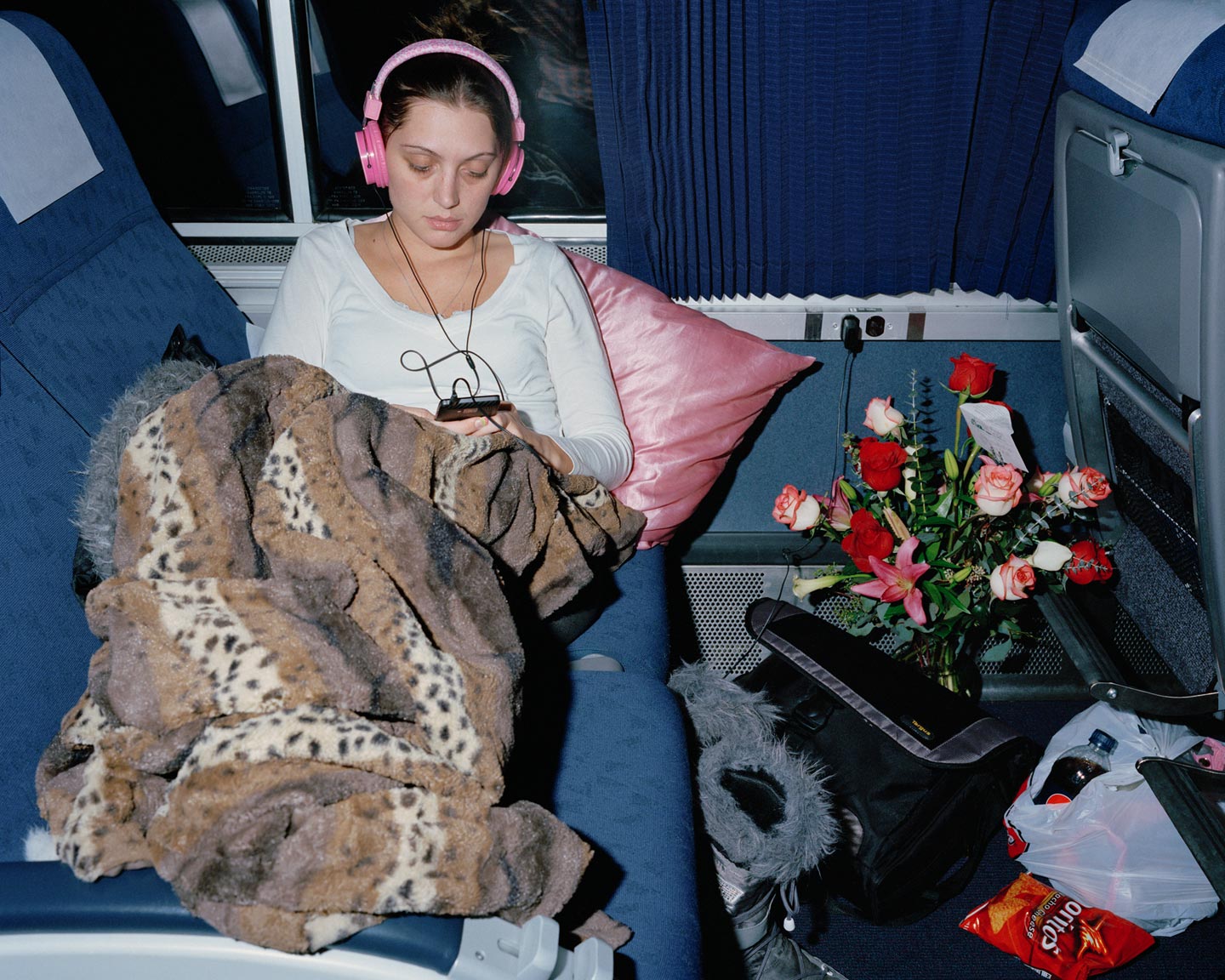
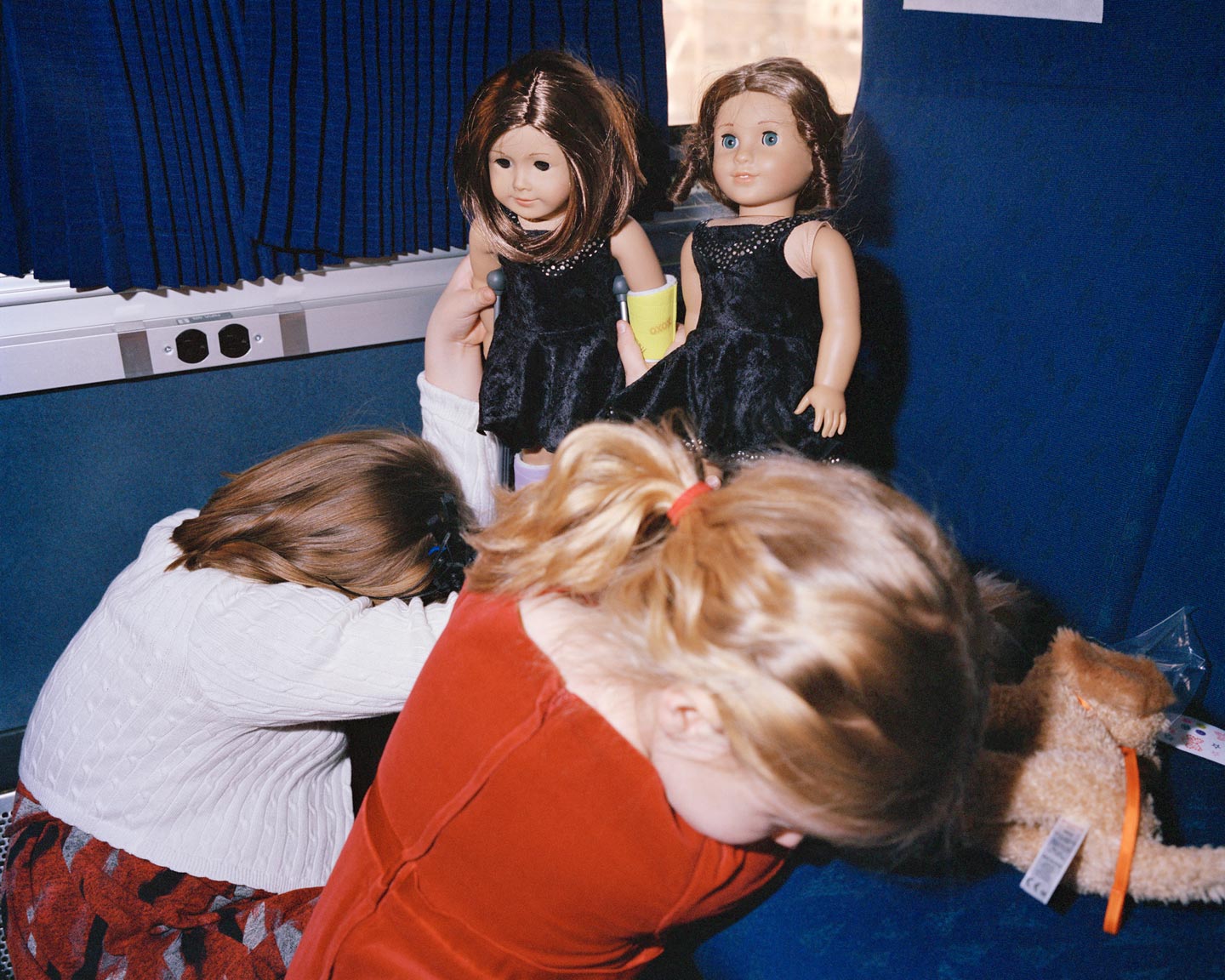
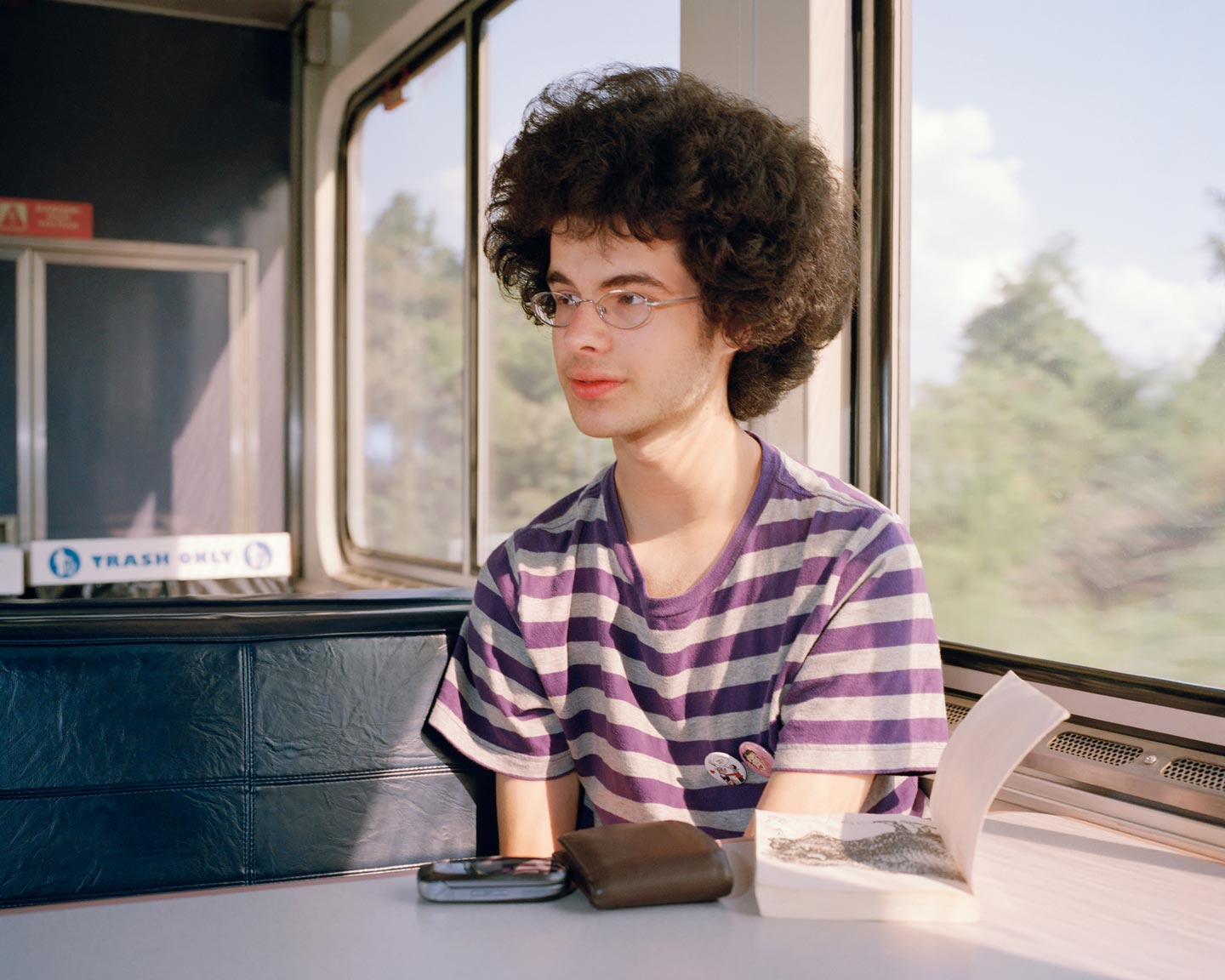
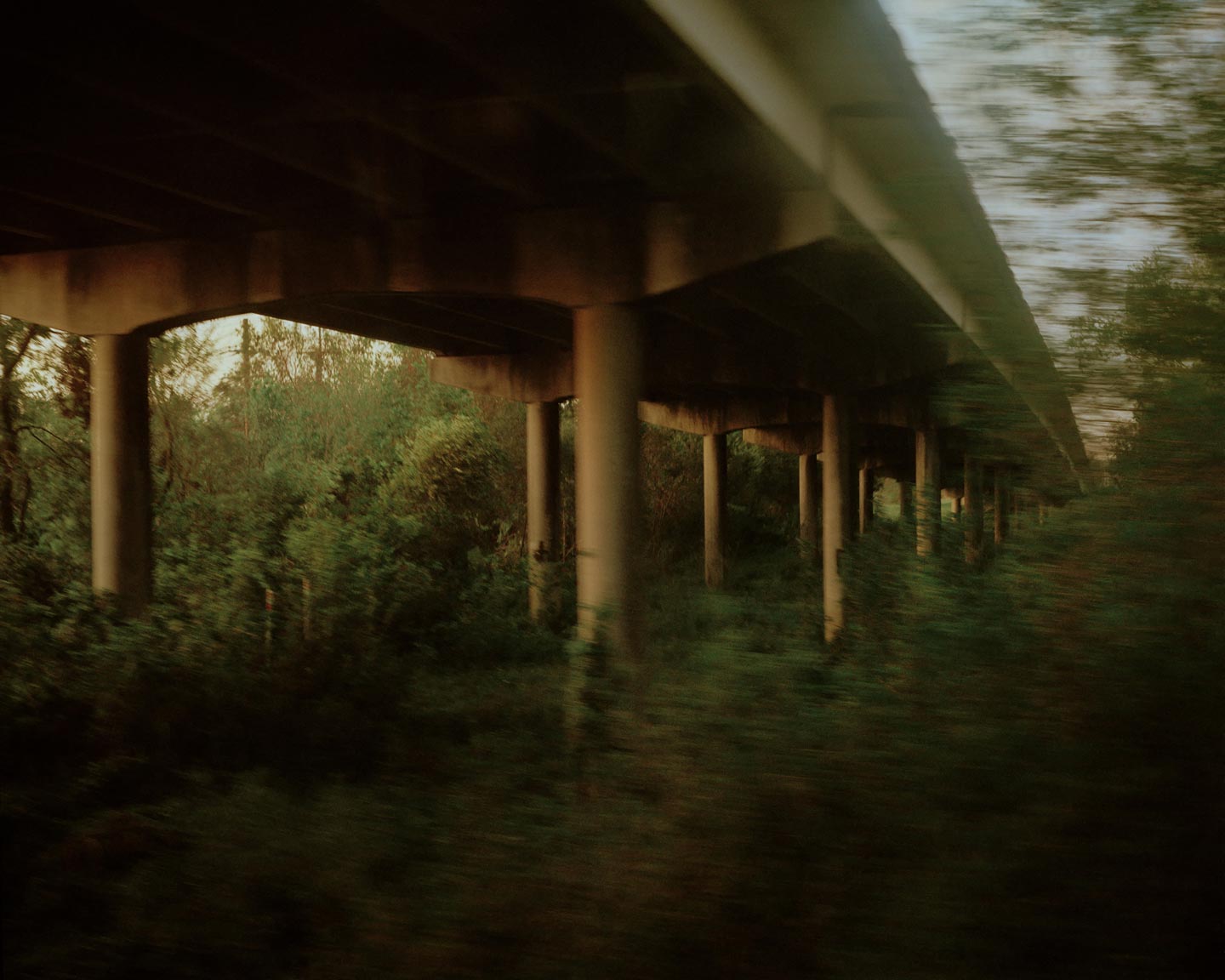

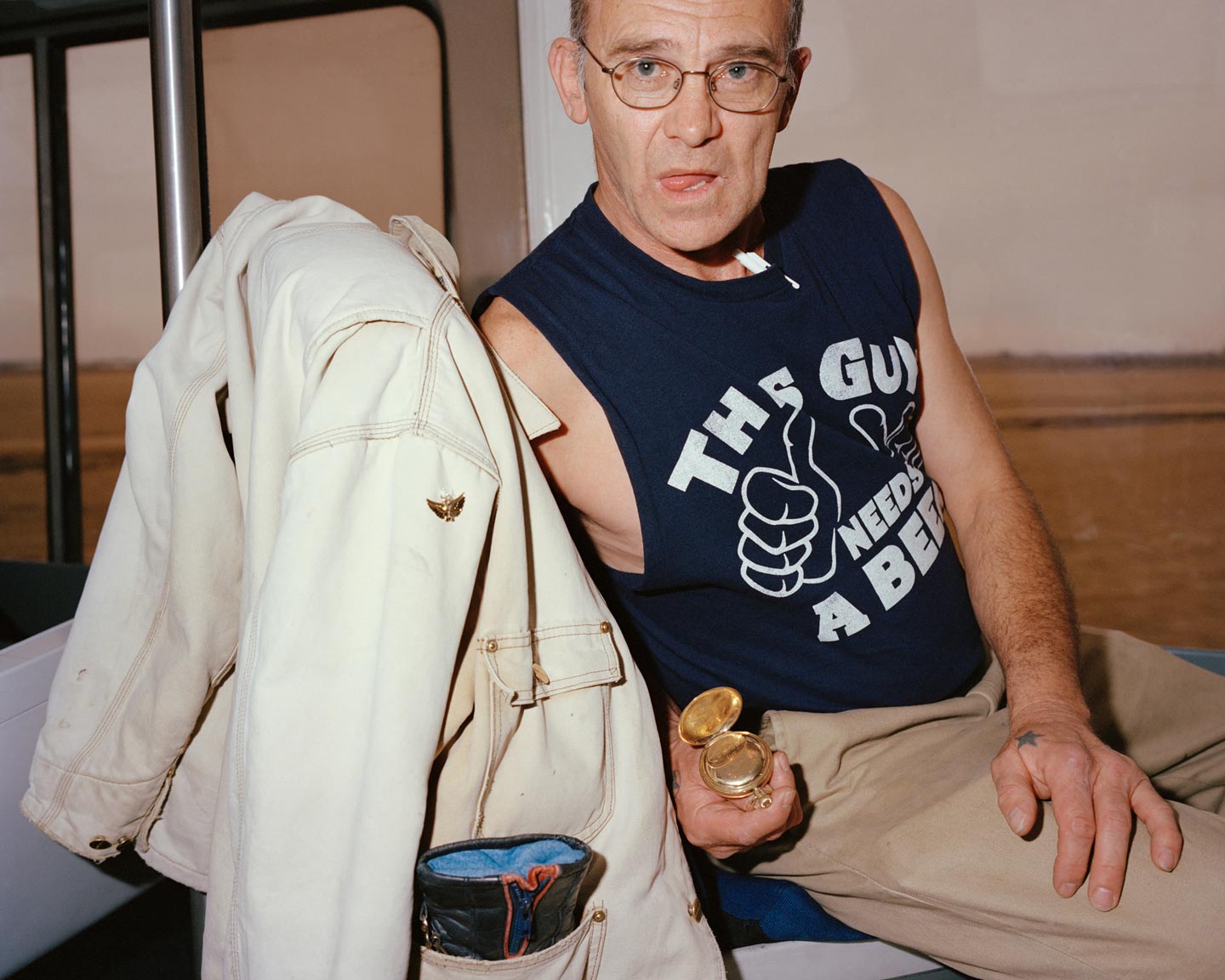
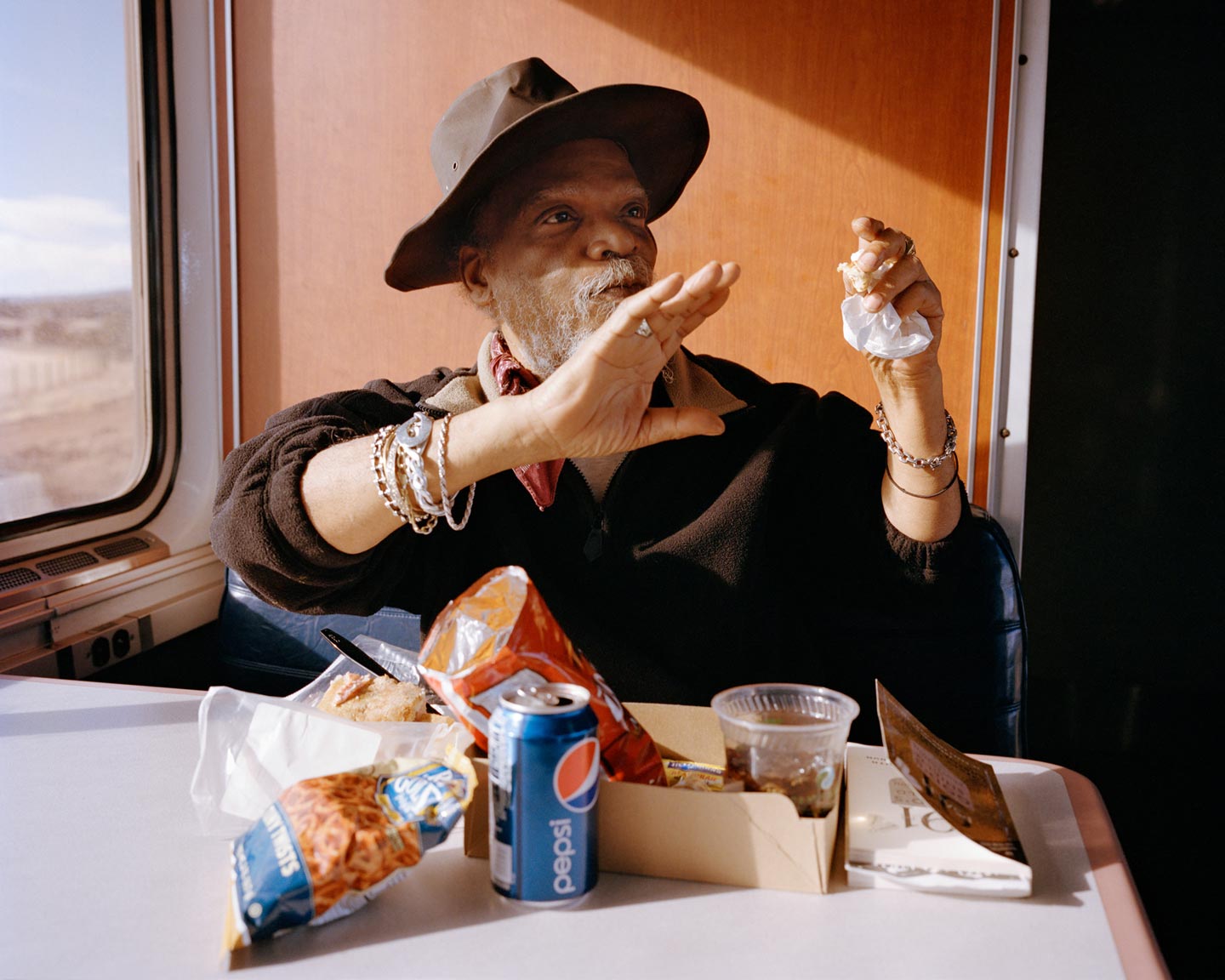



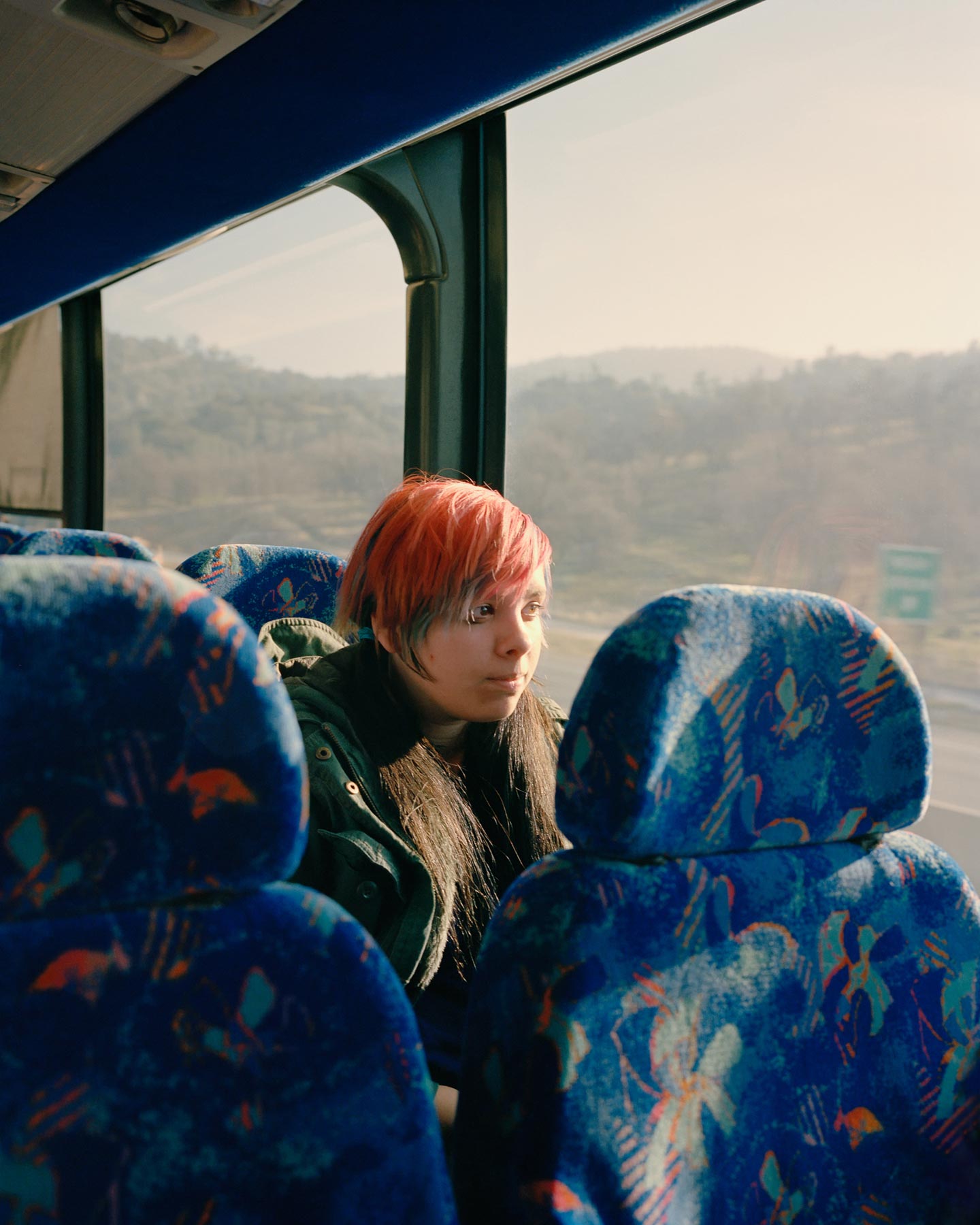
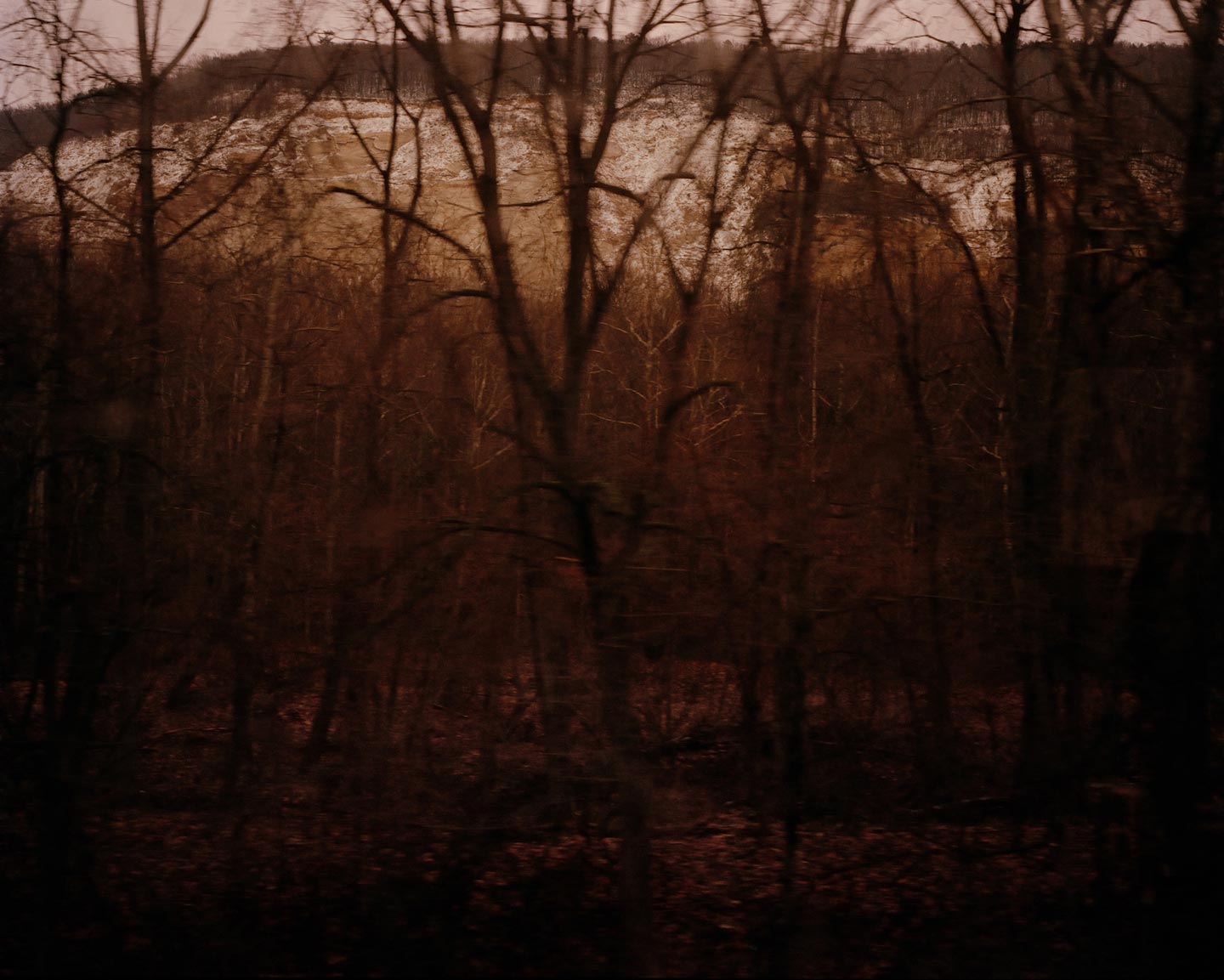
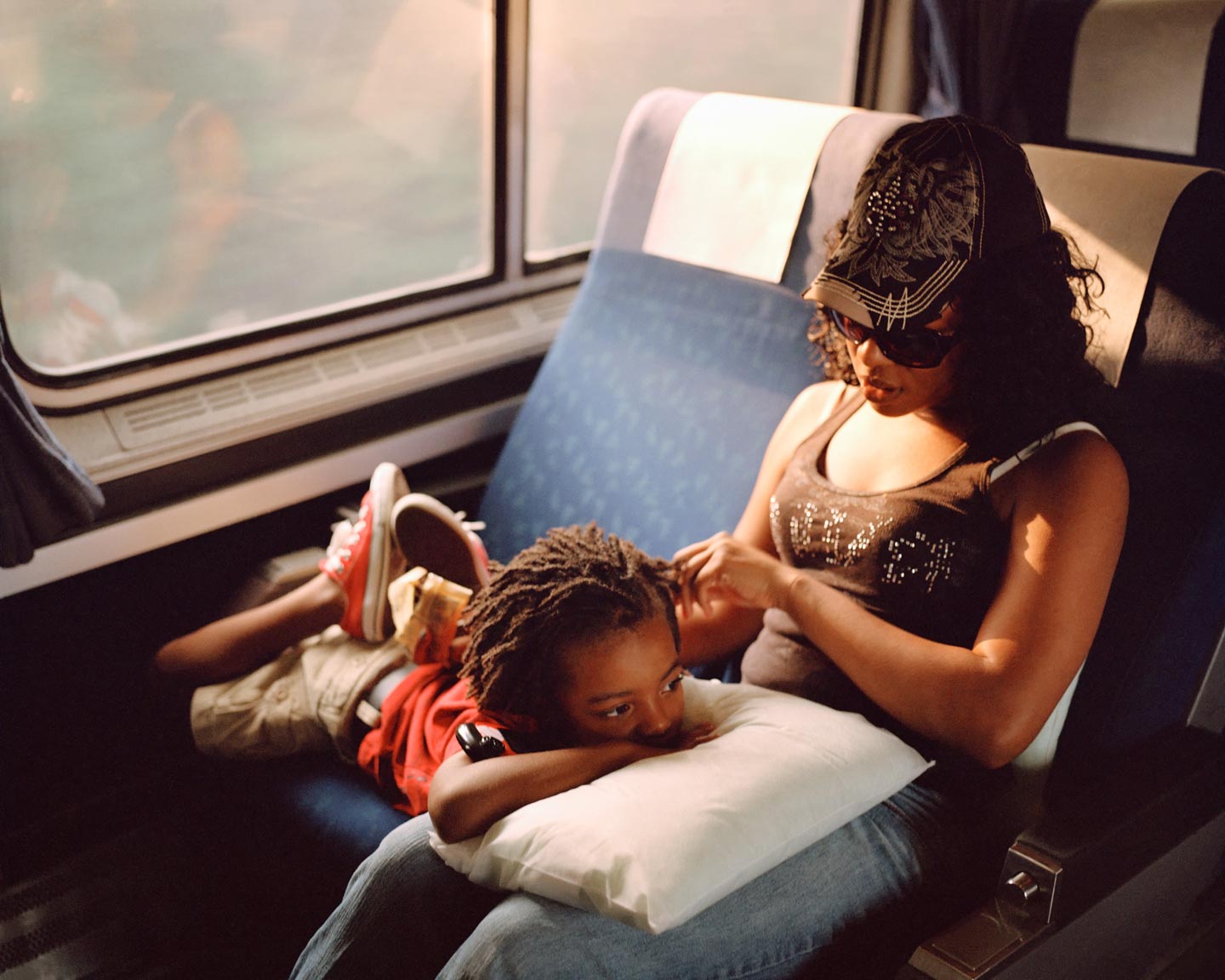
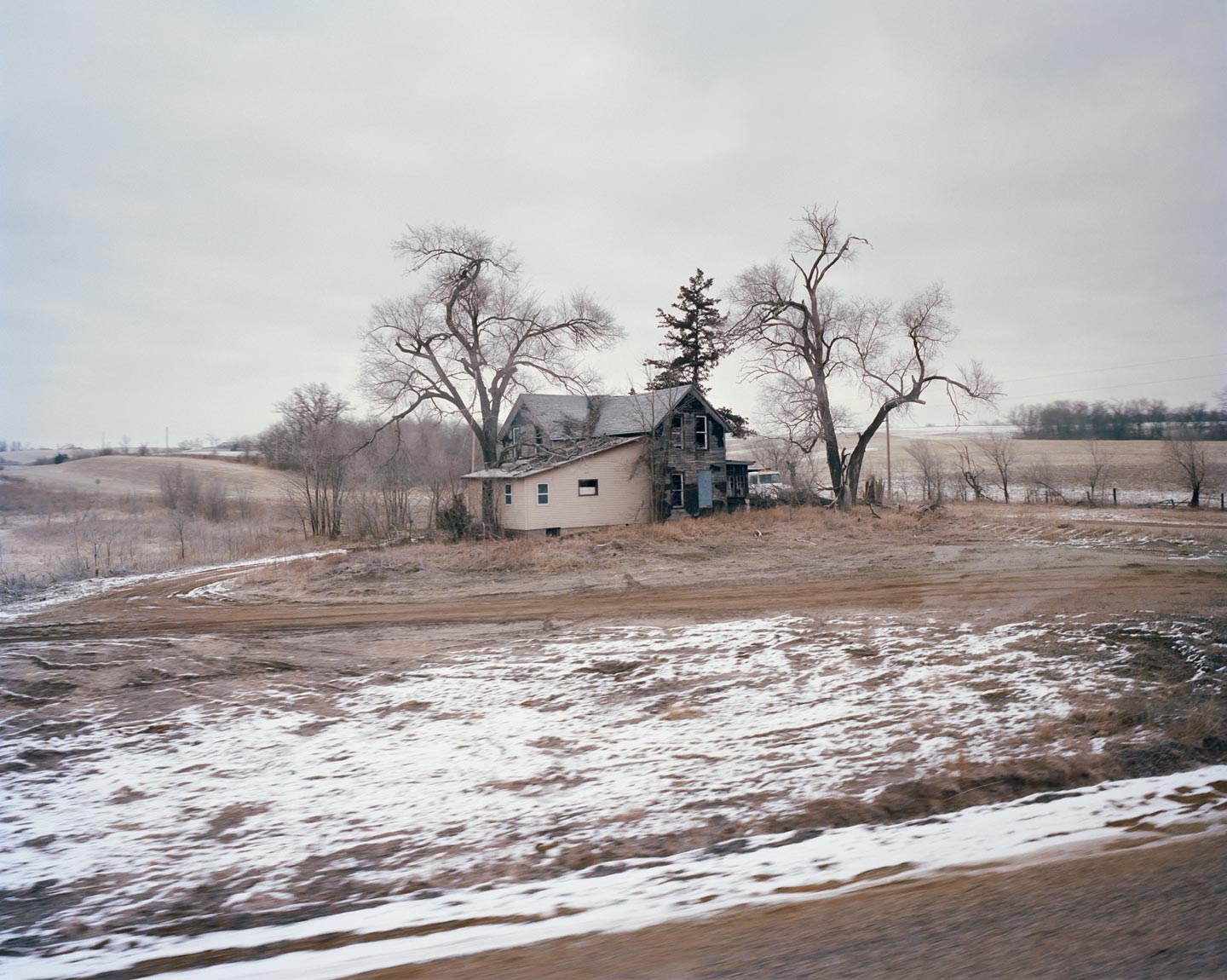
American photographer McNair Evans (born 1979) shares some background to In Search of Great Men, a beautiful series of portraits of passengers riding on USA’s long-distance trains.
In Search of Great Men is currently on view at the San Francisco Arts Commission Galleries until next 18 November – see here for details.
Hello McNair, thank you for this interview. What are your main interests as a photographer?
My main interests as a photographer are colour and quality of light. I envy black and white photographers, though I am forever fascinated with how colour and light affect my emotions. Photography is a constant exploration on how these can create feelings and experiences… how to generate an emotional response not through subject matter, but through actual visual properties of the image. Narratively I am interested in social structures, the roles people play within those structures, and how these roles impact their experiences as individuals. We all rely on a bundle of pre-conceived expectations to interpret the experience of life, and metaphorically I’m interested in how the contrast or compliment of these expectations isolates or unites individuals.
Please introduce us to In Search of Great Men: what inspired this project, and why did you decide to photograph the passengers of America’s long-distance trains?
In the summer of 2011 I took a train from Raleigh, North Carolina, where I’d been visiting my girlfriend, to Richmond, Virginia, for a friend’s wedding. The experience was transformative. I felt in love at the time, and the romance of this short ride really swept me away. We passed the backs of manufacturing facilities, Little League Baseball games, and tobacco fields where individuals worked with traditional hoes and rakes. I was drawn to the passengers on that route that not surprisingly mirrored the surroundings. They were very friendly and receptive to my camera.
After that, I decided to take a three-week, round-trip train ride from my home in San Francisco to Rocky Mount, North Carolina, where I’d discovered that a rail car belonging to my late grandfather was on display at the city’s newly remodeled historic train station. This cross-country journey would be the first of many: for more than three years, I’ve taken annual two-week-long Amtrak trips, beginning and ending in California, photographing the people and places I encountered along the way. The train can be a beautiful way to travel but, for the most part, long-distance trains are used by people trying to get their lives together, find work, or reunite with people they love and hope will love them back. In Search of Great Men explores that search for something just out of reach and a bit intangible. It is about the desire for change and the possibility of hope fulfilled.
Did you choose which passengers to approach based on anything in particular?
Sometime passengers choose me. They’ll ask questions about my camera or my motivations. Other times specific details about how they are spending their time, how they’ve constructed a personal nest for their travel, or a specific mood or feeling they’re projecting will peak my interest and motivate me to ask for their collaboration. Sometimes, selecting a subject is as serendipitous as who I might be seated with at dinner or in the coach cars.
What were you most interested in capturing in your portraits?
Portraits in this project seek to explore a passenger’s true journey. The goal is to move beyond the visual characteristics of each individual in order to approach non-visual characteristics of their lives, characters, or hopes.
Besides having their portraits taken, your subjects have shared their personal stories with you and even wrote them on your diary. Can you make a few examples of what they told you?
They write the reason for their travel – where they are coming from, and where they hope to go. With an Amish family traveling to Tijuana for medical treatment, a teenage son hoping to reunite with his father, and a veteran transporting marijuana to the oil fields of North Dakota, stories are about connection, a desire for something to happen, or a situation to rectify. Collectively, they sketch America’s identity. In Search of Great Men combines original photography with these first-person, passenger-written accounts to explore contemporary America through our passenger rail system and those currently traveling by train; it inspects the symbolism of trains within the United States through extended photographing on Amtrak.
How did you gain the passengers’ trust?
I find the best way to gain the trust of strangers is to be truthful myself. Only through complete transparency and honesty could I ever hope to elicit the same from those I meet on the train. On each trip, I carry a journal of the work made on a previous trip. This provides examples and helps passengers understand the project. Once they have a complete understanding of what I’m doing, I ask their help to by collaborating on a portrait or sharing a story.
What have been the main influences on your photography?
My teachers Mike Smith, Alec Soth, and Lon Clark of the San Francisco Studio School have been tremendously influential on my work. Certain music, such as Bruce Springsteen’s slower songs and Future Islands’ On The Water album, provides insight on how to strike an emotional tone or pitch and then carry that as the structure of a picture or project. Hirosige, the famous Japanese woodblock printer, and American painter Edward Hopper provide constant wells of rejuvenation. Religion, heritage, and sheer tragic beauty of life perhaps form the surface on which all of my influences land and through which they are translated.
Who are some of your favourite contemporary photographers?
Raymond Meeks, Mark Steinmetz, Eric William Carroll, Caleb Charland, Walead Beshty, Jeff Wall, Wolfgang Tillmans, Max Pinckers are some of my favourite contemporary photographers, but there are so many amazing photographers working today that tomorrow I will have a different list! This is a wonderful time to be interested in photography as a visual art.
Choose your #threewordsforphotography.
Pitch. Tone. Connection.
Keep looking...

FotoCal — Photography Awards, Grants and Open Calls Closing in June 2025

FotoCal — Photography Awards, Grants and Open Calls Closing in May 2025

FotoCal — Photography Awards, Grants and Open Calls Closing in April 2025

FotoCal — Photography Awards, Grants and Open Calls Closing in March 2025

FotoCal — Photography Awards, Grants and Open Calls Closing in February 2025

FotoCal — Photography Awards, Grants and Open Calls Closing in January 2025

FotoCal — Photography Awards, Grants and Open Calls Closing in December 2024




